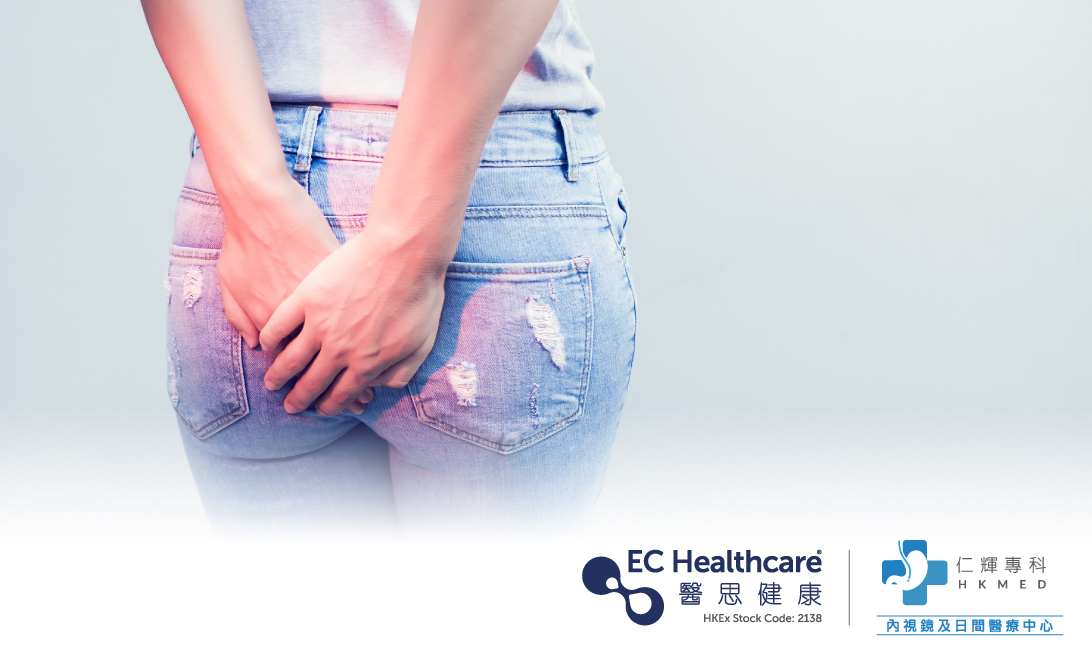Say Goodbye to Piles (Haemorrhoids) - What's the Best Way to Deal with the Case?


Piles (haemorrhoids) are a very common disease and there is a popular saying that "nine out of ten men have piles". But it turns out that piles are not unique to men, as they can affect men and women of all ages. First of all, piles are not presented as "sores", but are lumps formed by prolonged compression of the veins and connective tissue at the anus. In the early stages of haemorrhoids, the patient may not experience significant discomfort but may bleed. In severe cases, the lumps will protrude, causing the patient to feel pain and fidget.
Piles can be divided into internal and external piles. The former is located in the rectum and cannot be seen with the naked eye or touched directly with the finger; the latter is located on the outside of the anus and can be touched directly by the finger, meaning that it is easily irritated by external forces, which can cause pain. We don't usually feel the discomfort associated with internal piles. However, when the stool passes through the rectum during defecation, the internal piles located in the rectum will be squeezed and rubbed, causing pain and even bleeding. Piles may come out of the anus during defecation and retract on their own afterwards. In severe cases, the piles cannot retract on their own after prolapse and have to be pushed back with external force. In addition, blood may drip or spray from the anus during or after a bowel movement, but it does not mix with the stool. If bleeding is frequent, it can lead to anaemia and should not be ignored. External piles are found in the skin around the anus. When inflamed, the piles enlarge and the anus becomes itchy, wet and swollen. In the case of thrombosed external piles, there is a risk of rupture and bleeding of the capillaries within the piles, causing the piles to swell rapidly. It causes severe swelling and pain and makes the patient restless.
Minor haemorrhoids do not usually need to be removed surgically. It is advisable to try the following ways to improve the discomfort caused by piles when they become symptomatic:
1.Improve your diet to avoid constipation
When constipation occurs, the blood vessels in the rectum become compressed and varicose veins develop, which eventually turn into piles. Drinking plenty of water and eating high-fibre foods such as vegetables and fruit can help with bowel movements and help to reduce the pain of bowel movements, and can also help with existing piles or prevent them.
2.Develop good bowel habits
Do not take too long to have a bowel movement, do not read a book or read a newspaper or slip on your mobile phone, and concentrate on your bowel movement. It is best not to sit on the toilet for more than five minutes at a time. You should also avoid excessive straining during bowel movements as prolonged squeezing can cause piles and make them more serious.
3.Take a warm bath
Soak the area with haemorrhoids in a warm bath to improve blood circulation. It helps contract the affected veins, relieving symptoms of redness or inflammation and pain in the anus.
4.Exercise regularly and don't be sedentary
Avoid long periods of sitting and change your posture at the right time. Standing up and moving around regularly to stretch the muscles of the lower limbs can help improve local blood circulation and reduce piles.
5.Ointment
Haemorrhoid creams can be used to relieve less severe cases, while more severe cases may need to be dealt with in other ways.
Medical treatment for haemorrhoids
1.Rubber band ligation
A band is placed around your internal piles to make them drop off. It usually takes about a week for the internal piles to fall out on their own. Patients should monitor themselves and inform their doctor if there is severe bleeding after surgery.
2. Sclerotherapy
A liquid is injected into your piles to make them shrink. Although this method causes little pain, it may not be as effective as a rubber band ligation.
3. Coagulation
Mild haemorrhoids can be destroyed directly by infrared or laser treatments.
4. Haemorrhoidectomy
If the internal piles are prolapsing out of the anus, the doctor will remove them directly after a local anaesthetic. However, due to the size of the wound created after excision, patients usually experience intense pain after surgery.
The wound after this procedure is smaller than that caused by a conventional haemorrhoidectomy, and therefore less painful and faster to recover from. However, this type of surgery is more suitable for the treatment of mild internal piles. If the prolapsed piles are more severe, conventional surgery may be more appropriate.
Different treatment options could be suited to different conditions. If you find blood in your stool or suspect that you have piles, you should be examined first to identify the cause of the problem and then suit the right remedy to the case.
Related Brands







